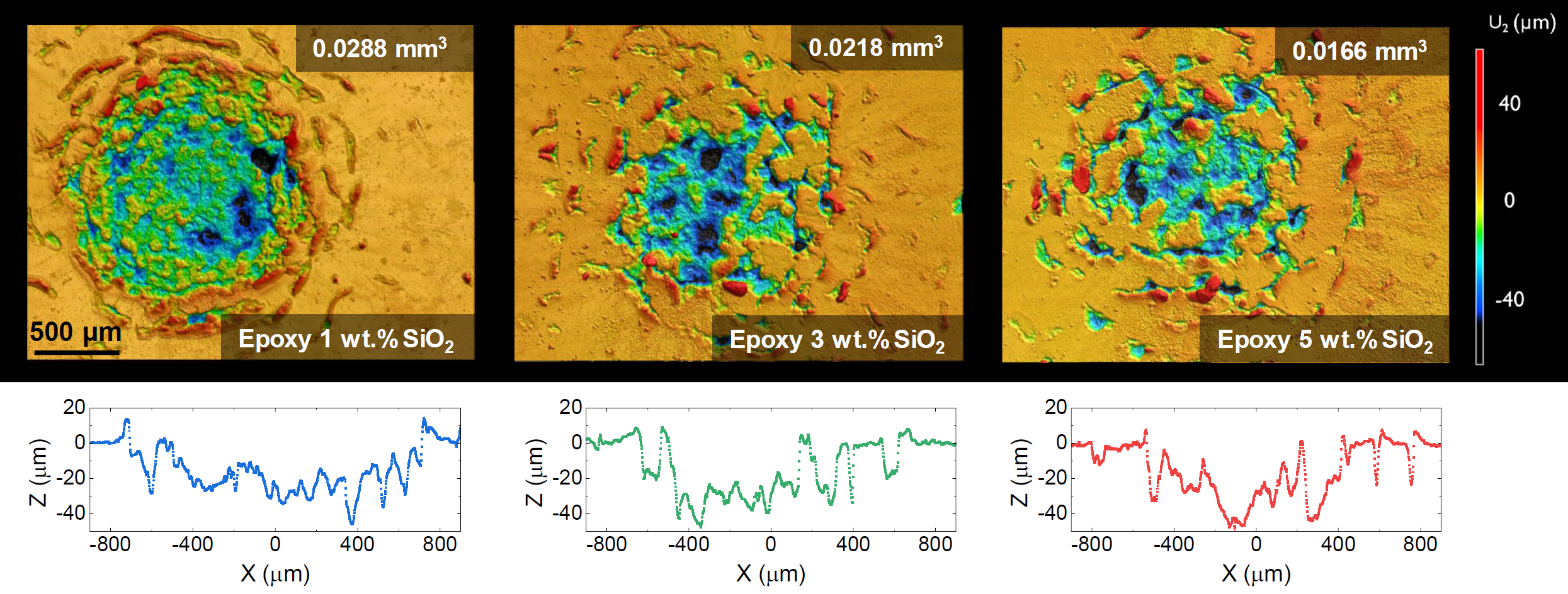Related Publications
-
K. M. Chang, D. Das, L. Salvati III, L. M. Dean, R. Keshari, M. Garg, D. D. Dlott, I. Chasiotis, and N. R. Sottos. "Durable and impact-resistant thermoset polymers for the extreme environment of low Earth orbit." Extreme Mechanics Letters 64, pp. 102089, (2023).
-
S. Yagnamurthy, Q. Chen, C. Chen, and I. Chasiotis, “Erosion Rates of Epoxy-Silica Nanocomposites at the Lower Earth Orbit Environment of the International Space Station”, Journal of Composite Materials 47(1), pp. 107-117, (2013).
|
